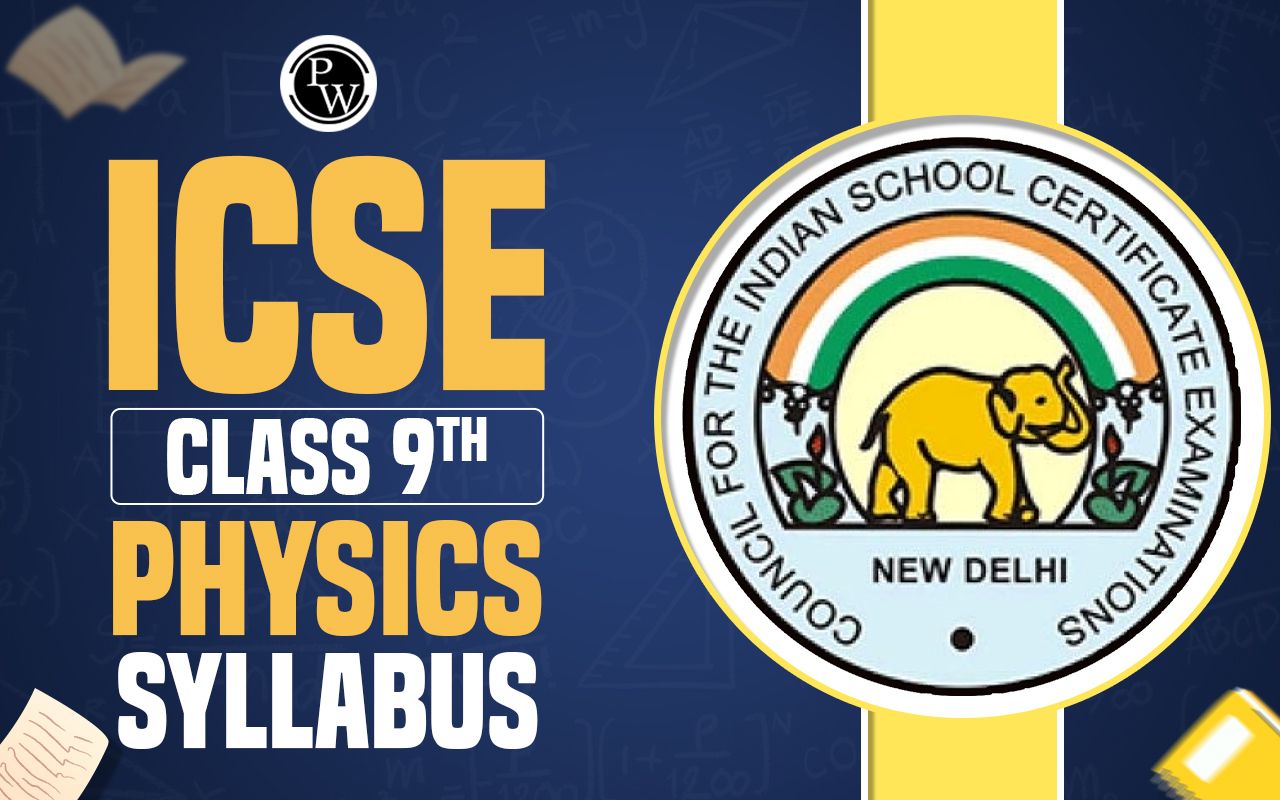

The mass energy equivalence formula, often represented by the famous equation E=mc^2, is one of the fundamental principles of modern physics. This formula, developed by Albert Einstein in 1905 as part of his special theory of relativity, revolutionized our understanding of the relationship between mass and energy. In this essay, we will explore the full details of the mass-energy equivalence formula in 1500 words, including its historical context, mathematical representation, implications, and real-world applications.
Special Theory of Relativity:
Albert Einstein's special theory of relativity, published in 1905, was a groundbreaking departure from classical physics. It introduced the concept of spacetime, where space and time are intertwined in a four-dimensional continuum. One of the key postulates of this theory was the constancy of the speed of light (denoted as 'c') in a vacuum, regardless of the motion of the observer or the source of light. This postulate led to several remarkable conclusions, one of which was the mass-energy equivalence formula.Mass Energy Equivalence Formula
The mass-energy equivalence formula, E=mc 2 , relates energy (E) to mass (m) and the speed of light (c). Let's break down each component of the equation:- E: This represents energy. Energy is a fundamental concept in physics and comes in various forms, such as kinetic energy (the energy of motion), potential energy (stored energy), and many others. In the context of the mass-energy equivalence formula, it refers to the energy equivalent of a given mass.
- m: This stands for mass. Mass is a measure of the amount of matter in an object. It's a fundamental property of matter and is often measured in kilograms (kg) in the International System of Units (SI).
- c: This is the speed of light in a vacuum, approximately 299,792,458 meters per second (m/s). It is a universal constant that plays a crucial role in this formula.
Also Check - Heat Loss Formula
Implications Of Mass Energy Equivalence Formula
The mass energy equivalence formula has profound implications for our understanding of the physical universe. Here are some of the key implications:- Energy Conversion: The equation shows that mass and energy are interchangeable. This means that mass can be converted into energy and vice versa. This concept fundamentally changed how we think about energy generation and nuclear reactions.
- Nuclear Reactions: The formula explains the tremendous energy release in nuclear reactions. In nuclear fusion (as in the Sun) or nuclear fission (as in nuclear power plants and atomic bombs), a tiny amount of mass is converted into a significant amount of energy according to E=mc^2.
- Mass Defect: The equation introduced the concept of a "mass defect" in nuclear reactions. The mass of the products of a nuclear reaction is slightly less than the mass of the initial particles, and this "missing" mass is converted into energy.
- Understanding the Sun: E=mc^2 helps us understand how the Sun and other stars generate energy. In the Sun's core, hydrogen atoms combine to form helium, and a tiny fraction of the hydrogen mass is converted into energy through this process, powering the Sun and providing light and heat to our solar system.
- Nuclear Energy: The formula is the basis for the operation of nuclear power plants, where controlled nuclear fission reactions release a large amount of energy for electricity generation.
- Atomic Bombs: On a more ominous note, the equation also explains the catastrophic energy release in atomic bombs, where an uncontrolled chain reaction results in a massive explosion.
Also Check - Resultant Force Formula
Real-World Applications
The mass-energy equivalence formula has numerous real-world applications across various scientific and technological fields. Here are a few notable examples:- Nuclear Energy: Nuclear power plants use controlled nuclear fission reactions to generate electricity. The energy released during these reactions is a direct result of the mass energy equivalence rformula, as a small portion of the nuclear fuel's mass is converted into energy.
- Medical Imaging: In positron emission tomography (PET) scans, the annihilation of positrons (antiparticles of electrons) with electrons results in the release of gamma-ray photons. This release of energy is governed by E=mc^2 and is detected to create detailed images of the body's internal structures.
- Particle Accelerators: Devices like the Large Hadron Collider (LHC) accelerate subatomic particles to nearly the speed of light and collide them. The massive amount of energy involved in these collisions is a testament to the mass energy equivalence.
- Nuclear Weapons: Unfortunately, the formula also has military applications in the form of atomic and hydrogen bombs. The massive energy release in these devices is due to the conversion of a small amount of mass into energy.
- Space Travel: The formula has implications for space travel as well. It explains why spacecraft must carry enormous amounts of fuel to achieve high speeds. As an object approaches the speed of light, its kinetic energy increases dramatically according to E=mc^2.
Also Check - Energy Consumption Formula
In conclusion, the mass energy equivalence formula, E=mc^2, is a cornerstone of modern physics with far-reaching implications. It emerged from Albert Einstein's special theory of relativity and revolutionized our understanding of the relationship between mass and energy. It has practical applications in nuclear energy, medical imaging, particle physics, and space exploration, among others. This formula underscores the profound interconnectedness of the physical universe, where mass and energy are two sides of the same coin, and it continues to shape our understanding of the world around us.Mass Energy Equivalence Formula FAQs
What does E=mc^2 mean, and why is it important?
E=mc^2 is the mass-energy equivalence formula proposed by Albert Einstein in his special theory of relativity. It states that energy (E) is equal to mass (m) times the speed of light (c) squared. This formula is important because it shows that mass and energy are interchangeable. It fundamentally changed our understanding of physics, explaining how a small amount of mass can be converted into a vast amount of energy, leading to advancements in nuclear energy, particle physics, and our understanding of the universe.
Can you provide an example of E=mc^2 in action?
Certainly! One practical example is nuclear reactions. In nuclear fusion, like what occurs in the Sun, hydrogen atoms combine to form helium. During this process, a tiny fraction of the mass of the hydrogen atoms is converted into energy according to E=mc^2. This released energy powers the Sun and provides light and heat to our solar system. Similarly, nuclear fission reactions in nuclear power plants convert a small amount of uranium or plutonium mass into a large amount of energy for electricity generation.
Does E=mc^2 have any limitations or conditions?
E=mc^2 applies to all objects with mass, but it becomes most noticeable when the object's speed approaches the speed of light (c). At everyday speeds, the conversion of mass into energy is negligible. Additionally, it's important to note that this formula only holds true for objects at rest. For objects in motion, relativistic effects need to be considered, which can lead to variations in the observed energy.
How does E=mc^2 relate to the famous equation's practical applications, like nuclear bombs and nuclear power plants?
In the context of nuclear reactions, E=mc^2 explains the enormous energy release. In nuclear bombs, an uncontrolled chain reaction results in the conversion of a small fraction of the bomb's mass into a devastating explosion. In nuclear power plants, controlled nuclear fission reactions release energy for electricity generation, with a small portion of the nuclear fuel's mass converted into energy according to the equation.
🔥 Trending Blogs
Talk to a counsellorHave doubts? Our support team will be happy to assist you!

Check out these Related Articles
Free Learning Resources
PW Books
Notes (Class 10-12)
PW Study Materials
Notes (Class 6-9)
Ncert Solutions
Govt Exams
Class 6th to 12th Online Courses
Govt Job Exams Courses
UPSC Coaching
Defence Exam Coaching
Gate Exam Coaching
Other Exams
Know about Physics Wallah
Physics Wallah is an Indian edtech platform that provides accessible & comprehensive learning experiences to students from Class 6th to postgraduate level. We also provide extensive NCERT solutions, sample paper, NEET, JEE Mains, BITSAT previous year papers & more such resources to students. Physics Wallah also caters to over 3.5 million registered students and over 78 lakh+ Youtube subscribers with 4.8 rating on its app.
We Stand Out because
We provide students with intensive courses with India’s qualified & experienced faculties & mentors. PW strives to make the learning experience comprehensive and accessible for students of all sections of society. We believe in empowering every single student who couldn't dream of a good career in engineering and medical field earlier.
Our Key Focus Areas
Physics Wallah's main focus is to make the learning experience as economical as possible for all students. With our affordable courses like Lakshya, Udaan and Arjuna and many others, we have been able to provide a platform for lakhs of aspirants. From providing Chemistry, Maths, Physics formula to giving e-books of eminent authors like RD Sharma, RS Aggarwal and Lakhmir Singh, PW focuses on every single student's need for preparation.
What Makes Us Different
Physics Wallah strives to develop a comprehensive pedagogical structure for students, where they get a state-of-the-art learning experience with study material and resources. Apart from catering students preparing for JEE Mains and NEET, PW also provides study material for each state board like Uttar Pradesh, Bihar, and others
Copyright © 2025 Physicswallah Limited All rights reserved.











